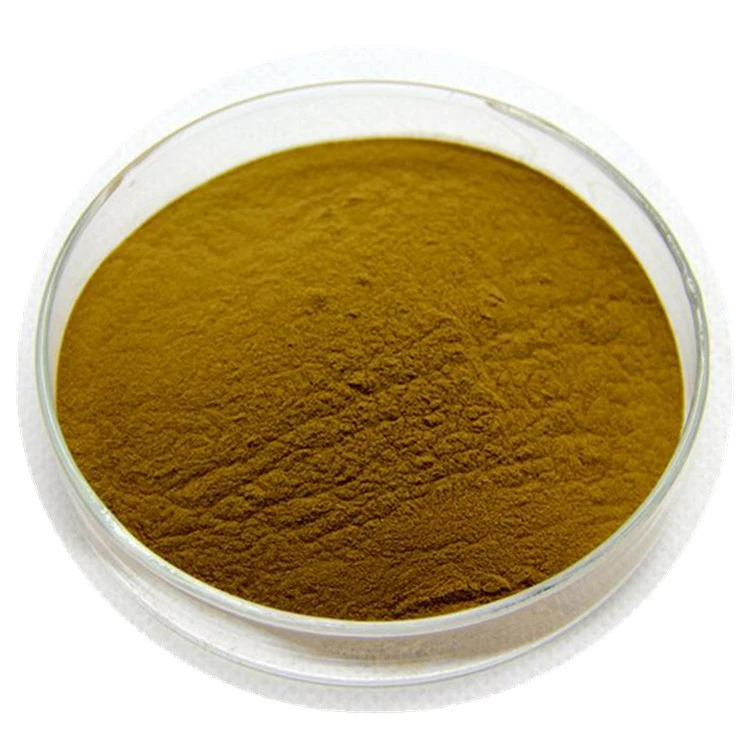Warning: Undefined array key "title" in /home/www/wwwroot/HTML/www.exportstart.com/wp-content/themes/1198/header.php on line 6
Warning: Undefined array key "file" in /home/www/wwwroot/HTML/www.exportstart.com/wp-content/themes/1198/header.php on line 7
Warning: Undefined array key "title" in /home/www/wwwroot/HTML/www.exportstart.com/wp-content/themes/1198/header.php on line 7
Warning: Undefined array key "title" in /home/www/wwwroot/HTML/www.exportstart.com/wp-content/themes/1198/header.php on line 7
- Afrikaans
- Albanian
- Amharic
- Arabic
- Armenian
- Azerbaijani
- Basque
- Belarusian
- Bengali
- Bosnian
- Bulgarian
- Catalan
- Cebuano
- China
- China (Taiwan)
- Corsican
- Croatian
- Czech
- Danish
- Dutch
- English
- Esperanto
- Estonian
- Finnish
- French
- Frisian
- Galician
- Georgian
- German
- Greek
- Gujarati
- Haitian Creole
- hausa
- hawaiian
- Hebrew
- Hindi
- Miao
- Hungarian
- Icelandic
- igbo
- Indonesian
- irish
- Italian
- Japanese
- Javanese
- Kannada
- kazakh
- Khmer
- Rwandese
- Korean
- Kurdish
- Kyrgyz
- Lao
- Latin
- Latvian
- Lithuanian
- Luxembourgish
- Macedonian
- Malgashi
- Malay
- Malayalam
- Maltese
- Maori
- Marathi
- Mongolian
- Myanmar
- Nepali
- Norwegian
- Norwegian
- Occitan
- Pashto
- Persian
- Polish
- Portuguese
- Punjabi
- Romanian
- Russian
- Samoan
- Scottish Gaelic
- Serbian
- Sesotho
- Shona
- Sindhi
- Sinhala
- Slovak
- Slovenian
- Somali
- Spanish
- Sundanese
- Swahili
- Swedish
- Tagalog
- Tajik
- Tamil
- Tatar
- Telugu
- Thai
- Turkish
- Turkmen
- Ukrainian
- Urdu
- Uighur
- Uzbek
- Vietnamese
- Welsh
- Bantu
- Yiddish
- Yoruba
- Zulu
Aug . 13, 2024 19:11 Back to list
Comparing the Sweetness of Saccharin to Sugar for Sweetener Choices and Health Considerations
Saccharin Sweetness Compared to Sugar
Saccharin, one of the oldest artificial sweeteners, has a fascinating history and a sweetness profile that stands out in the realm of sugar substitutes. Discovered in 1879, saccharin has been a staple in the diet of those looking to reduce their caloric intake without sacrificing sweetness. Its intense sweetness—estimated to be around 300 to 400 times sweeter than sucrose (table sugar)—makes it a popular choice for food and beverage manufacturers, particularly in a world increasingly concerned with health and dietary choices.
Saccharin Sweetness Compared to Sugar
Despite its benefits, saccharin has faced its share of controversies. During the early 20th century, concerns over its potential health risks emerged. In the 1970s, studies in rats indicated that saccharin might be carcinogenic, leading to its temporary ban in some countries. However, subsequent research failed to conclusively prove that it posed significant risks to humans and led to the lifting of bans. In 2000, the U.S. National Toxicology Program removed saccharin from its list of potential carcinogens, and the sweetener has since been deemed safe for consumption by various health organizations, including the Food and Drug Administration (FDA).
saccharin sweetness compared to sugar

The taste profile of saccharin differs from that of sugar, often described as having a slightly bitter or metallic aftertaste, particularly at higher concentrations. This distinctive flavor has prompted the addition of other sweeteners and flavors in commercial products to enhance palatability, resulting in blends that are more appealing to consumers. Despite these challenges, saccharin remains widely used in a variety of products, from diet sodas to sugar-free candies and baked goods.
In the broader context of sweeteners, saccharin is part of a large group of artificial sweeteners, including aspartame, sucralose, and stevia, each possessing unique sweetness profiles and characteristics. Consumers often have personal preferences, which can be influenced by taste, health concerns, or dietary restrictions. While some individuals may prefer saccharin for its intense sweetness and lack of calories, others might seek out newer alternatives like stevia, which is derived from a natural plant source and is perceived as a healthier option.
Ultimately, saccharin serves as a powerful tool for those looking to enjoy sweetness without the accompanying calories. Despite its mixed history and debates over safety, it has paved the way for modern sweeteners and contributed to the ongoing conversation about sugar, health, and dietary choices. As consumers become more health-conscious and informed, the demand for alternatives to traditional sugar will likely continue to grow, and saccharin's role in this evolving landscape remains vital.
In conclusion, saccharin stands as a testament to the ongoing quest for sweetness without the repercussions of sugar. Its historical significance, intense sweetness, and low caloric content make it an enduring choice for those seeking to indulge their sweet tooth while maintaining a healthy lifestyle. As science continues to assess the safety and efficacy of sweeteners, saccharin serves to remind us that the pursuit of flavor and health can indeed go hand in hand.
Latest news
-
Certifications for Vegetarian and Xanthan Gum Vegetarian
NewsJun.17,2025
-
Sustainability Trends Reshaping the SLES N70 Market
NewsJun.17,2025
-
Propylene Glycol Use in Vaccines: Balancing Function and Perception
NewsJun.17,2025
-
Petroleum Jelly in Skincare: Balancing Benefits and Backlash
NewsJun.17,2025
-
Energy Price Volatility and Ripple Effect on Caprolactam Markets
NewsJun.17,2025
-
Spectroscopic Techniques for Adipic Acid Molecular Weight
NewsJun.17,2025

